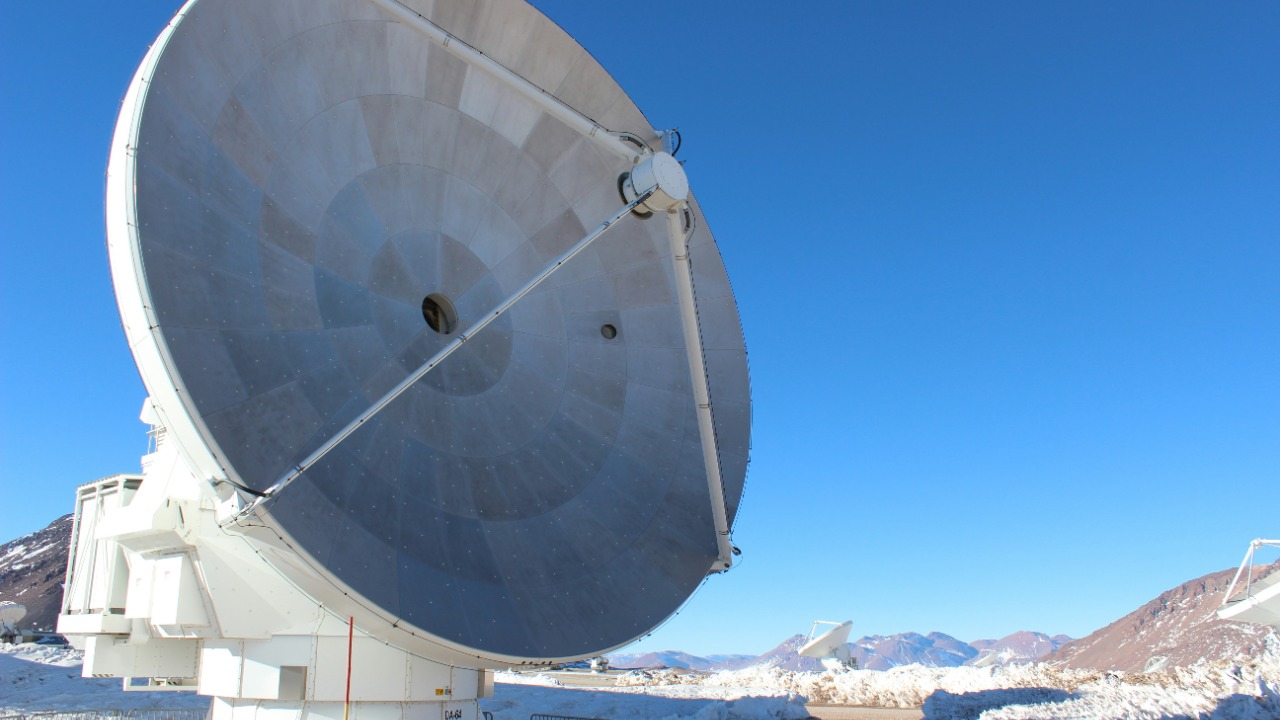
Recent findings by scientists have sparked intrigue and debate in the scientific community with claims of detecting signals from a parallel Earth. This discovery, if substantiated, could revolutionize our understanding of the universe and our place within it. Delving into the evidence, implications, and the scientific discourse surrounding this groundbreaking topic offers a window into one of the most fascinating scientific discussions of our time.
Understanding the Concept of Parallel Earths

The concept of parallel Earths stems from the broader idea of the multiverse, a hypothesis in theoretical physics suggesting the existence of multiple, perhaps infinite, universes coexisting with our own. These parallel universes, sometimes referred to as alternate realities, could possess varying laws of physics, different histories, or even variations of Earth itself. The theoretical basis for these ideas is deeply rooted in the field of quantum mechanics, where the notion of superposition and the Many-Worlds Interpretation propose that all possible outcomes of quantum measurements are realized in separate, non-communicating branches of the universe.
Historically, the idea of parallel worlds is not entirely new. Philosophers like Giordano Bruno in the 16th century speculated about infinite worlds beyond our own. In the modern scientific era, these concepts have been explored in the context of string theory and cosmic inflation models. These theories provide a mathematical framework that allows for the possibility of multiple universes, each with its own distinct properties. Such historical and theoretical perspectives set the stage for interpreting recent claims about signals from a parallel Earth.
The Evidence: Signals and Anomalies

One of the most intriguing pieces of evidence supporting the possibility of a parallel Earth comes from strange signals detected in Antarctica. These anomalies, captured by NASA’s Antarctic Impulsive Transient Antenna (ANITA), involve high-energy particles that appear to have emerged from the Earth and travel through space, defying the expectations of standard physical models. This peculiar behavior has led some scientists to speculate that these particles might be evidence of a parallel universe where the laws of physics are inverted.
The scientific community has been actively examining these signals, employing rigorous methodologies to analyze the data. A detailed study of the particle paths and energies involved suggests that they do not fit neatly within our current understanding of particle physics. Researchers have been using advanced computational models to simulate possible scenarios that could explain these findings. Although the idea of a parallel Earth is tantalizing, it is crucial to approach these interpretations with caution, as the evidence, while suggestive, is not yet conclusive.
Challenges and Skepticism

The scientific community remains divided over the interpretation of these Antarctic signals. Many researchers urge caution, emphasizing the importance of scientific scrutiny, peer review, and reproducibility in validating such extraordinary claims. The skepticism is grounded in the understanding that extraordinary claims require extraordinary evidence. Some scientists suggest that the signals could result from unknown cosmic phenomena or even mundane explanations like technological interference, which complicates the narrative of a parallel Earth.
Alternative explanations for the detected signals have been proposed, ranging from interactions with dark matter to rare atmospheric conditions. These hypotheses challenge the parallel Earth theory by offering less radical solutions that fit within the established framework of known physics. The debate highlights the dynamic nature of scientific inquiry, where new evidence must be rigorously tested and examined from multiple angles before any definitive conclusions can be drawn.
Implications for Science and Society

If confirmed, the discovery of a parallel Earth would have profound implications for our understanding of physics and cosmology. It could lead to significant shifts in scientific paradigms, necessitating revisions to fundamental theories about the universe’s structure and origins. Concepts that were once relegated to the realm of science fiction might become integral to our scientific worldview, opening new avenues of research and exploration.
Beyond science, the cultural and philosophical ramifications of discovering a parallel Earth are equally profound. Such a revelation could challenge our understanding of existence, prompting us to reconsider our place in the cosmos. It might influence philosophical debates about the nature of reality and human identity, leading to a broader contemplation of what it means to be part of a multiverse. The societal impact would extend to various domains, including ethics, religion, and even the arts, as humanity grapples with the implications of a potentially infinite cosmos.
Future Directions in Research

Current and future research efforts are crucial in exploring the possibility of parallel Earths. Scientists are employing cutting-edge technology and methodologies to further investigate the Antarctic anomalies and other related phenomena. As technology advances, so too does our ability to probe the universe’s deepest mysteries, potentially bringing us closer to understanding the true nature of these signals.
Collaboration across scientific disciplines is essential in unraveling the complexities of parallel Earth signals. Fields such as astronomy, physics, and computer science must work together, combining expertise and resources to push the boundaries of what we know. Interdisciplinary approaches will likely play a key role in future breakthroughs, fostering an environment where innovative ideas can flourish and lead to groundbreaking discoveries about our universe.